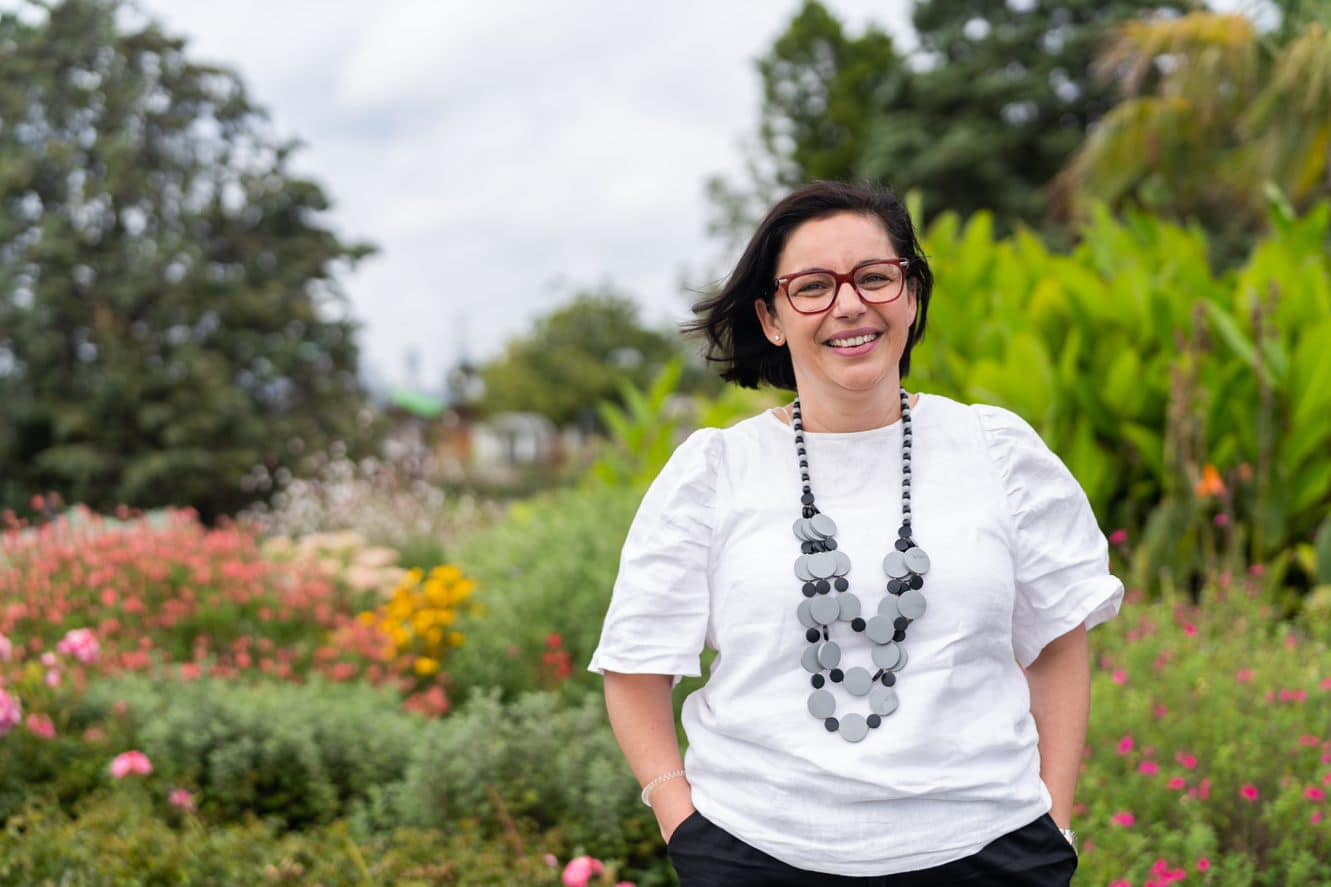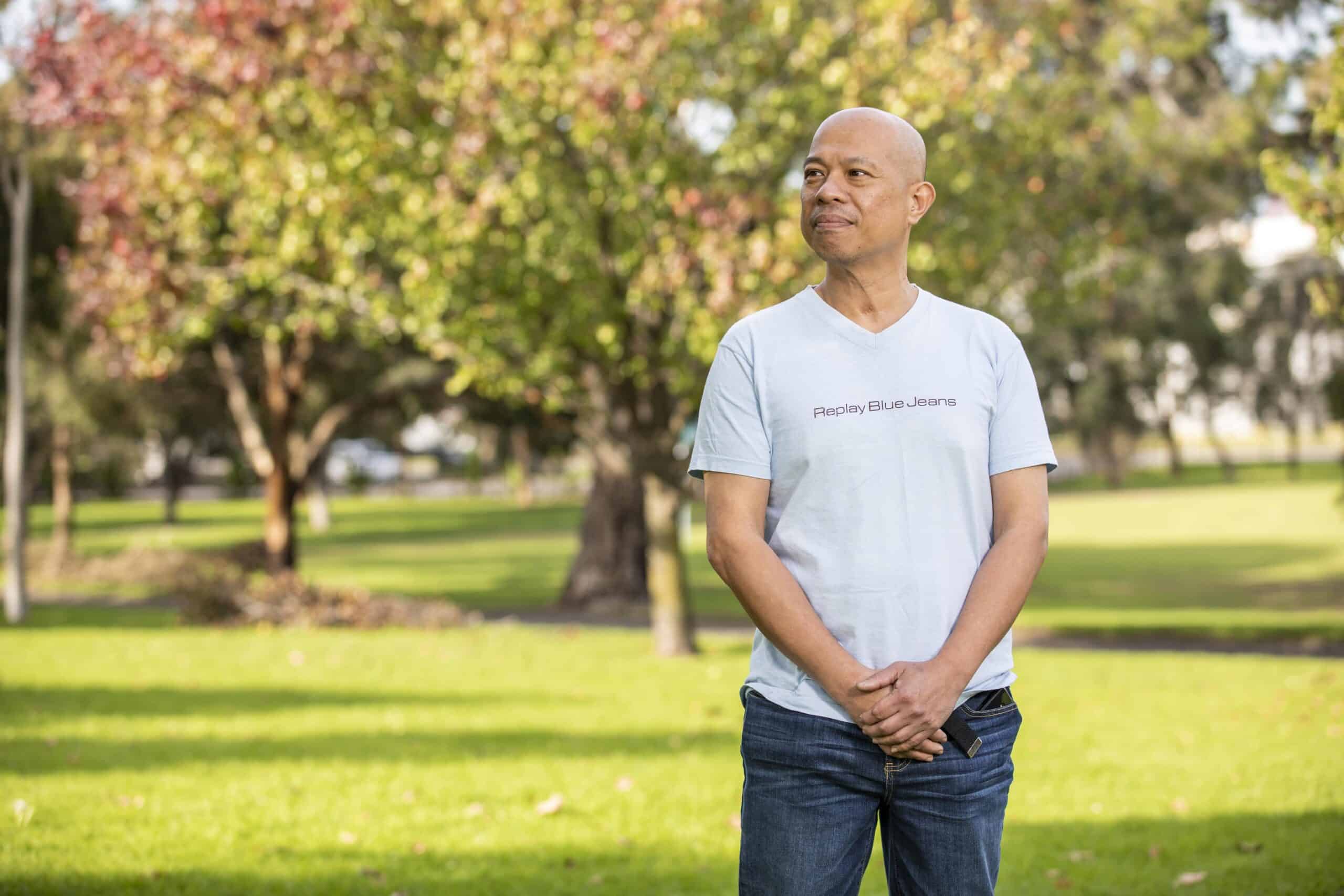Both pre-diabetes and diabetes are conditions that come with many questions, such as ‘what are the signs of pre-diabetes?’ and ‘what are the symptoms of pre-diabetes?’.
In this article, we’ll cover what pre-diabetes and diabetes are, including signs, symptoms and risks and treatment.
What is pre-diabetes?
Pre-diabetes occurs when blood glucose levels are higher than normal, although not high enough to be diabetes.
If you have pre-diabetes, you are at 10 to 20 times greater risk of going on to develop type 2 diabetes (Source: HealthDirect).
If you have been diagnosed with pre-diabetes, it is important to make lasting changes to your lifestyle; including healthy eating, exercising and maintaining a healthy weight.
Are there any signs or symptoms of pre-diabetes?
There are normally no signs or symptoms of pre-diabetes. Most people find out they have pre-diabetes if their doctor orders a blood test, which is likely to happen if the doctor decides that you are at risk of type 2 diabetes.
See your doctor if you have any signs that your pre-diabetes has moved on to type 2 diabetes, including:
- being more thirsty
- urinating a lot
- feeling very tired
- blurred vision
How is pre-diabetes diagnosed if there are no symptoms?
If your doctor notices that your blood sugar levels are raised, they may send you for more tests to diagnose if you have pre-diabetes.
If pre-diabetes is confirmed, you have either one or both of these conditions:
- impaired glucose tolerance — your blood glucose level is above normal but not high enough to be called diabetes
- impaired fasting glucose — your fasting blood glucose level is above normal but not high enough to be diagnosed as diabetes.
Pre-diabetes is confirmed through an oral glucose tolerance test that suggests that the blood glucose level is high after a period of fasting.
For an oral glucose tolerance test you will need to fast (not eat for 8 hours) and then drink a sugary drink. A blood test is taken after 1 hour and then 2 hours later to measure your blood glucose. (Source: HealthDirect)
Who is at risk of pre-diabetes?
Given that pre-diabetes is a precursor to type 2 diabetes, the risk factors are the same.
They include:
- a family history of type 2 diabetes
- being overweight
- larger waist measurement
- in Caucasian men – greater than 94 cm
- in Asian men – greater than 90 cm
- in women – greater than 80 cm
- low level of physical activity
- smoking
- high blood pressure or high cholesterol (blood fats), or both
- gestational diabetes (diabetes during pregnancy)
- polycystic ovary syndrome
- taking some antipsychotic medications
(Source: BetterHealth)
How can you manage pre-diabetes?
If you have pre-diabetes, this does not guarantee that you’ll develop type 2 diabetes. 1 in 3 people with pre-diabetes will develop type 2 diabetes (Source: HealthDirect). Eating well and exercise can prevent this in more than half of high-risk cases.
Pre-diabetes is usually managed by making the same healthy lifestyle changes you should make if you had type 2 diabetes. These include healthy eating, regular physical activity and maintaining a healthy weight.
As pre-diabetes also increases the risk of heart disease, it is important to manage your blood pressure, cholesterol and triglyceride levels. It is also important to quit smoking if you smoke. Additionally, you need to have an annual health check, including a screening for type 2 diabetes.
(Source: Diabetes Australia)
What is diabetes?
Diabetes is a health condition in which your body has difficulty converting glucose, a type of sugar, into energy. This leads to high levels of sugar in the blood, also known as hyperglycaemia.
Your blood glucose levels are normally managed by a hormone called insulin, which converts glucose into energy.
Diabetes occurs when;
- your pancreas can’t produce any or enough insulin
- your body can’t make use of the insulin because it’s grown resistant to it
What are the symptoms of diabetes?
Most people with type 1 diabetes are diagnosed before the age of 19, and symptoms can appear suddenly (Source: HealthDirect). Many people with type 2 diabetes, however, don’t have symptoms at all or have signs that go unnoticed for a long period of time.
Common symptoms of diabetes include:
- excessive thirst or hunger
- passing more urine than usual
- feeling tired and lethargic
- unexplained weight loss, or gradual weight gain
- having cuts that heal slowly
- itchy skin or skin infections
- blurred vision
What are the complications associated with diabetes?
Diabetes is a complex condition of which problems can affect the whole human body. Some complications of diabetes include:
- Heart disease and stroke, which become 4 times more likely with type 2 diabetes
- High blood pressure
- Foot problems, with an increased risk of foot and leg ulcers and amputations
- Vision problems, as diabetes is the leading cause of preventable blindness in Australia
- Kidney disease, with kidney failure being 3 times more common in people with diabetes
- Mental health, as more than 3 in 10 people with diabetes experience depression, anxiety and distress
(Source: HealthDirect)
There are many ways you can continue to live a healthy life and reduce your risk of complications. Talk to your doctor or a diabetes educator about how to look after yourself to minimise, or even prevent, diabetes complications.
What types of diabetes are there?
There are different types of diabetes, each with their own unique factors, such as symptoms and treatments.
Type 1 diabetes
Type 1 diabetes is caused by an autoimmune destruction of insulin-making cells in the pancreas, which means insulin is no longer made. It most commonly develops in people under 30, but can occur at any age. Type 1 diabetes cannot be prevented. (Source: BetterHealth).
If a person with type 1 diabetes skips a meal, exercises heavily or takes too much insulin, their blood sugar levels will drop. This can lead to hypoglycemia (or commonly referred to as a “hypo”), which can be treated with a quick boost of sugar, such as jelly beans or glucose tablets, then something more substantial such as a sandwich.
Type 2 diabetes
Type 2 diabetes affects 85 to 90 percent of all people with diabetes (Source: BetterHealth). While it usually affects mature adults (over 40), younger people are also now being diagnosed in greater numbers as rates of being overweight and obesity increase.
It is strongly associated with high blood pressure, high cholesterol levels, and an ‘apple’ body shape, where excess weight is carried around the waist. Research shows that type 2 diabetes can be prevented or delayed with lifestyle changes.
Gestational Diabetes
Gestational diabetes is diabetes that occurs during pregnancy, affecting 3-8% of pregnant women (Source: BetterHealth). After the baby is born, the mother’s blood glucose levels usually return to normal. Women are at greater risk of developing type 2 diabetes after experiencing gestational diabetes.
Certain women are at increased risk of developing gestational diabetes.
High risk groups include:
- women over 30 years of age
- women with a family history of type 2 diabetes
- women who are overweight or obese
- Aboriginal and Torres Strait Islander Peoples
- women of particular cultural groups, such as Indian, Chinese, Vietnamese, Middle Eastern, Polynesian and Melanesian women
- women who had gestational diabetes in a previous pregnancy
(Source: BetterHealth)
How to treat diabetes
While there is no cure for diabetes, diabetes can be managed and people can continue to live well.
Management depends on the type of diabetes, but can include:
- taking insulin daily by injections or through insulin pump
- regulating diet so intake is matched to insulin and exercise
- increasing the amount of ‘slow’ carbohydrates in the diet, such as beans and fruit, which take longer to be absorbed by the body
- self-monitoring of blood sugar levels by regularly testing droplets of blood in a glucose metre
- physical activity
- medications including insulin
- weight management
- not smoking
- having regular checks to catch any possible diabetes complications as early as possible
(Source: BetterHealth)
How can the Life! program help
The Life! program is a free healthy lifestyle program that helps you improve your eating habits, increase your physical activity and manage stress. You can choose from a group course or the telephone health coaching service.
Our experienced health professionals will help you make small changes to your lifestyle so that you can achieve your health goals and reduce your risk of type 2 diabetes and cardiovascular disease.
Life! is funded by the Victorian government and managed by Diabetes Victoria. You can check your eligibility for the program here.
Sources
- https://www.diabetesaustralia.com.au/about-diabetes/pre-diabetes/
- https://www.healthdirect.gov.au/pre-diabetes
- https://www.betterhealth.vic.gov.au/health/conditionsandtreatments/diabetes-pre-diabetes
Reviewers:
Elleni Kaias, Accredited Practicing Dietitian | Primary Care Engagement Lead
Kristie Cocotis, Head of Prevention and Health Promotion
Sarah Dubé, Strategy and Engagement Lead
Ria Cheripuram, Digital Communications Officer
Tegan Kohlman, Communications and Social Marketing Officer



